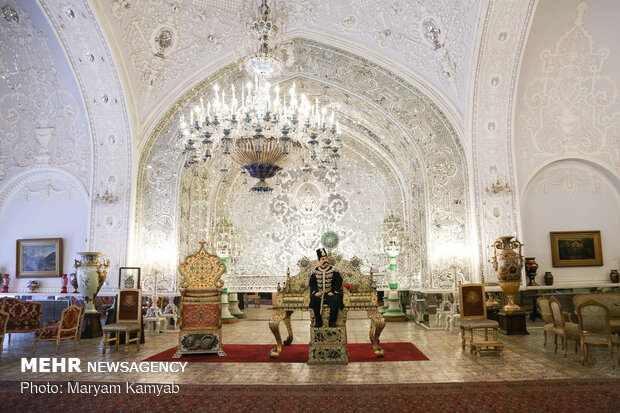Iranian languages are a branch of the Indo-European language family that are spoken by more than 150 million people in Iran and other countries in Asia and Europe. These languages have a long and rich history that dates back to the ancient times. Iranian languages have also influenced and been influenced by other languages and cultures in the region.
One of the most widely spoken and well-known Iranian languages is Persian language, also known as Farsi language. Persian language is the official language of Iran, where it is spoken by more than 50 million people. The language is also spoken by millions of people in Afghanistan, Tajikistan, Uzbekistan, Pakistan, India, and other countries. Persian language has a long and influential literary tradition that spans over two millennia. Persian language has produced many famous poets, writers, philosophers, and scientists, such as Ferdowsi, Rumi, Hafez, Saadi, Khayyam, Avicenna, etc.
Learning Persian language can be a rewarding and enjoyable experience for anyone who is interested in Iran and its culture. It also can help you communicate with Iranians and understand their beliefs, values, and customs. Learning Persian language can also help you appreciate the beauty and diversity of Iranian literature, art, music, and cuisine. It can also open up new opportunities for education, work, travel, and friendship. Learning Persian language can also enrich your knowledge and perspective on the world.
Besides Persian language, there are many other Iranian languages that are spoken by different ethnic groups in Iran and beyond. Iranian languages are divided into two major groups: Western Iranian and Eastern Iranian. These groups are further divided into subgroups based on geographic, historical, or linguistic criteria. Some of the major Iranian languages are:
• Kurdish: It is a Western Iranian language that belongs to the Northwestern subgroup. It is spoken by more than 35 million people living in Iran, Iraq, Turkey, Syria, and Transcaucasia. Kurdish has several dialects that are sometimes considered separate languages, such as Kurmanji (Northern Kurdish), Sorani (Central Kurdish), Zaza (Dimli), Gorani (Hawrami), etc.
• Pashto: It is an Eastern Iranian language that belongs to the Southeastern subgroup. It is spoken by more than 40 million people living in Afghanistan, Pakistan, Iran, India, and other countries. Pashto has two main dialects: Western Pashto (spoken in Afghanistan) and Eastern Pashto (spoken in Pakistan). Pashto has a rich oral and written literature that includes poetry, prose, folktales, etc.
• Balochi: It is a Western Iranian language that belongs to the Southwestern subgroup. It is spoken by more than 10 million people living in Iran, Pakistan, Afghanistan, India, Oman, UAE, Turkmenistan, etc. Balochi has several dialects that are sometimes considered separate languages,
such as Western Balochi (spoken in Iran), Eastern Balochi (spoken in Pakistan), Southern Balochi (spoken in Oman), etc.
• Mazanderani and Gilaki: They are Western Iranian languages that belong to the Caspian subgroup. They are spoken by more than 8 million people living in the northern provinces of Iran along the Caspian Sea coast. Mazanderani and Gilaki have many similarities with Persian language but also have distinct features that make them separate languages.
• Tajik: It is a variety of Persian language that is spoken by more than 8 million people living in Tajikistan, Uzbekistan, Afghanistan, China, Russia, etc. Tajik has been influenced by Turkic languages (especially Uzbek) and Russian language due to historical contacts and migrations. Tajik uses the Cyrillic script instead of the Arabic script that is used for Persian language.
• Ossetic: It is an Eastern Iranian language that belongs to the Northeastern subgroup. It is spoken by more than 600 thousand people living in South Ossetia (a part of Georgia) and North Ossetia (an autonomous region of Russia). Ossetic has two main dialects: Iron (spoken in South Ossetia) and Digor (spoken in North Ossetia). Ossetic is the only surviving descendant of Scythian-Sarmatian languages that were once widespread in Eurasia.
Make sure you listen to the Persian podcast about the geography of Iran. Also listening to the history of Iran is also very helpful to give you a perspective about the coutnry.
To learn Persian grammar, here you can find lessons on Persian Grammar.
Are you interested in learning Persian with music, HERE is where you can find many slow Persian songs with their lyrics.
Practice Dubbing the characters in Persian series HERE.
Listen to famous speeches from Iranian political figures, and learn about their mindset and a little bit of history through their talk HERE


